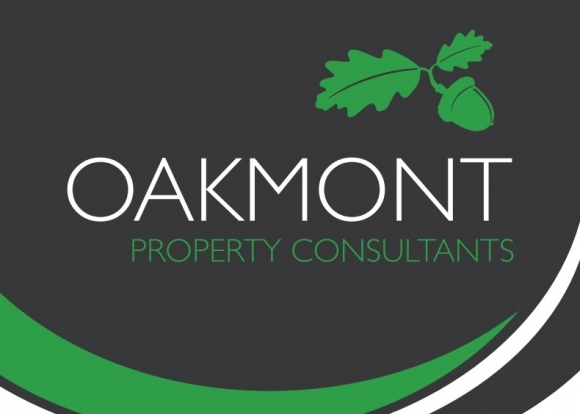
Oakmont Property love properties with potential and will always tell you to seek permission from the local authorities when looking to utilise the potential. You may also want to seek advice from a qualified architect and local property expert as to what is likely to create the most potential capital growth. Oakmont Property Consultants would be delighted to offer you any free advice you may need to help make a decision or point you in the right direction. Below are some basic rules and regulations that may help you.
In the UK, extending homes is subject to planning rules and regulations set by the local planning authorities. These rules aim to ensure that any proposed extensions are in line with the overall planning policies and do not negatively impact the surrounding environment or neighboring properties. Here are some key points to consider:
Permitted Development Rights: In certain cases, homeowners can make certain types of minor extensions without the need for a full planning application. These are known as permitted development rights (PD rights). However, specific limitations and conditions apply, such as the size, location, and design of the proposed extension. It's important to check with the local planning authority or consult a professional architect or planning consultant to determine if your extension falls within the permitted development criteria.
Planning Permission: For larger or more significant extensions that don't fall within the scope of permitted development, planning permission is required. This involves submitting a planning application to the local planning authority, which will assess the proposal based on various factors, including the impact on neighboring properties, the character of the area, and compliance with local planning policies.
Design and Appearance: Local planning authorities often have design and appearance guidelines that need to be considered when proposing an extension. These guidelines may cover aspects such as the scale, materials, and visual impact of the extension. It's advisable to familiarize yourself with these guidelines to ensure your proposed extension meets the required standards.
Conservation Areas and Listed Buildings: If your property is located within a conservation area or is a listed building, additional planning restrictions may apply. These areas are subject to stricter regulations to preserve their historic or architectural significance. Any proposed extensions in these areas would require careful consideration and may require specific approvals or consents.
Neighbors and Consultation: In some cases, adjacent neighbors may have the right to be notified of your proposed extension and may have the opportunity to provide comments or objections. The local planning authority will take these into account when assessing your application.
It's important to note that planning rules and regulations can vary between different local authorities. Therefore, it's always advisable to consult the specific guidelines and seek advice from professionals such as architects or planning consultants to ensure compliance with the regulations applicable to your area.
Call Oakmont Property Consultants on 01708223344
Disclaimer/Important Notice. This is not legal advice and this blog is only to help provide some insight as to the process. Should you wish to complete any works you should seek professional legal advice before proceeding.


